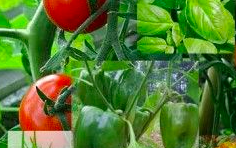
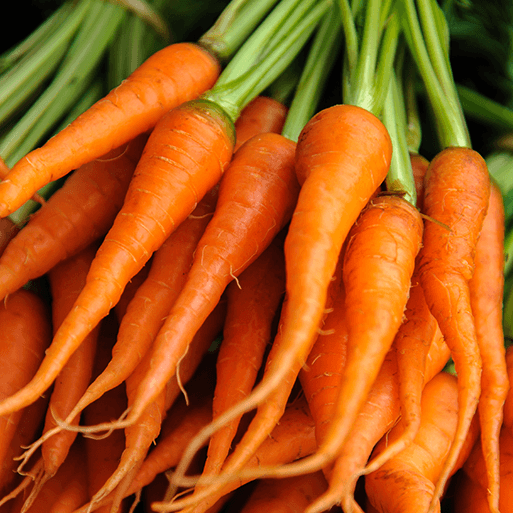
Are carrots orange?
Our focus for this week is the range of foods we know and eat!
I Don’t Like Vegetables
Listen to the story below before completing the activities underneath.
Use the files below to match the vegetables to the right day.
Listen to the story again to check. Ask yourself ‘have I got it right?’. If you would like to change your choices, you can!
Why not have a go at making your own homemade chips! You could help with scrubbing the potatoes and getting them ready for a yummy meal.
Music-Join in!
We’d like you to spend some time this week singing songs and reading poems all about food! See how many actions you can add to each one.
The two we are going to focus on this week are Go Bananas! and Oranges and Lemons.
Still Life
Using the fruit and vegetables you have in home (or the pictures below) use any art materials you have at home to create a unique art piece.
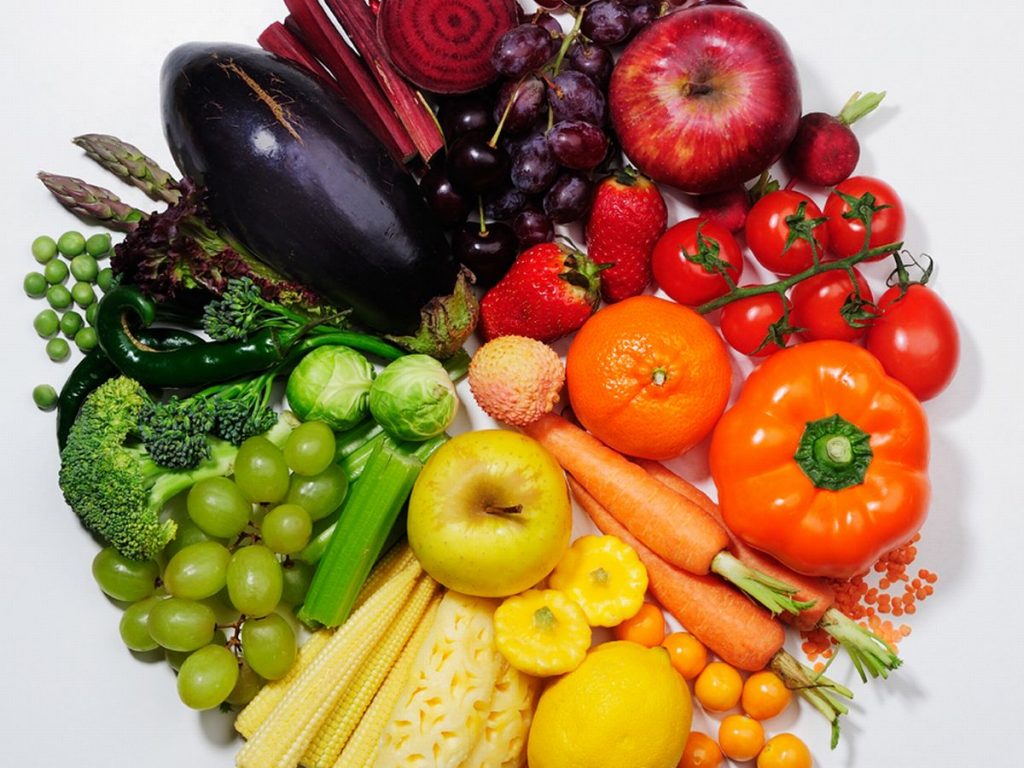
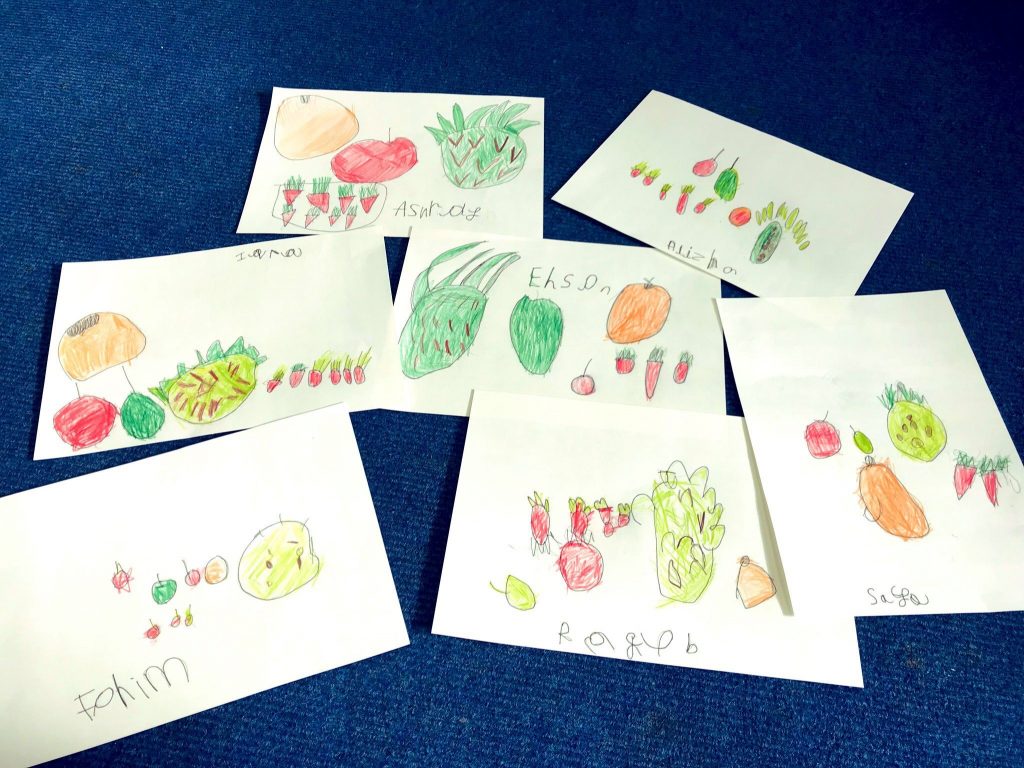
Mr Potato and Mrs Carrot
If you have some spare carrots and potatoes at home that haven’t yet been peeled, we’d like you to use them to make characters!
You could use black marker pens to draw faces and other features and even add other parts such as stick on eyes, ears and lips!
- What will you call your character?
- What might they do?
- Where will they go?
If you do not have any spare fruits or vegetables at home, you could simply draw and cut out your own fruit and vegetable characters!
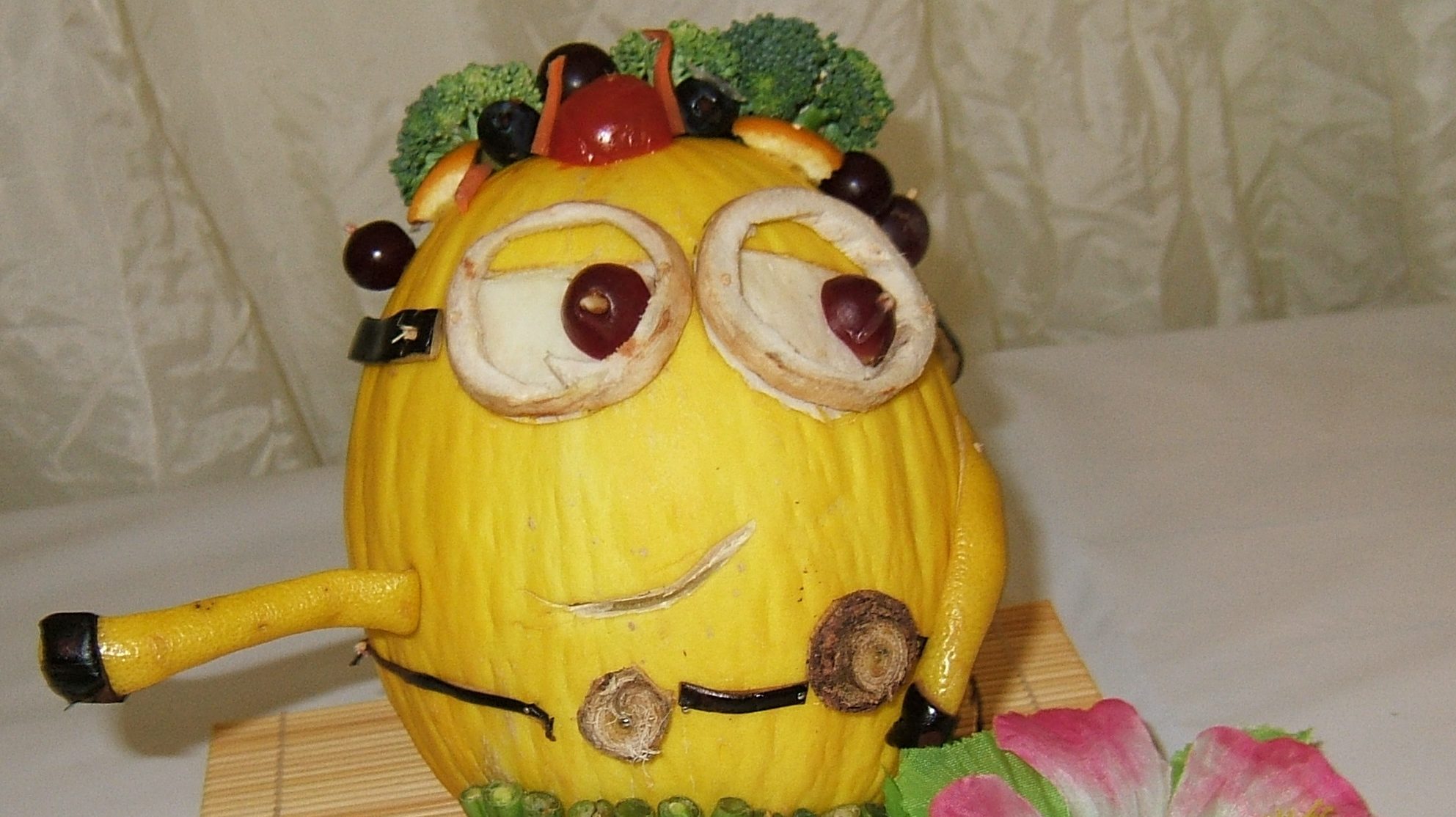
Weighing
This lesson, we’d like you to use any fruit, vegetables, cereals, lentils and even pasta that you have in the house to explore weighing them. Have a go at using some scales if you have them. If not, perhaps you could make yourself a balance scale or use both of your hands.
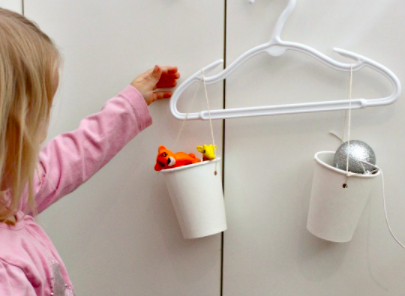
Try to put the food items into two groups ‘heavy’ and ‘light’.
Have a good think about all of the different items and how we could compare them. For example:
- What is heavier, two carrots or two apples?
- What is lighter, one potato or one cup of pasta?
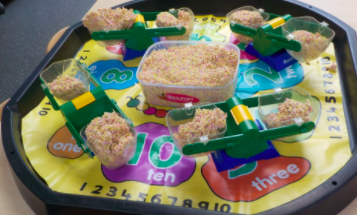
If you’re ready to challenge yourself, you could also do the same with milk or wattle bottles filled with different volumes of water!
Let’s Dig
If it is possible (and within government guidelines) for you to go into your garden or shared outdoor space, have a go at digging with a variety of tools. Turn over the soil and break up the lumps.
You could also use some soil in your home, plant seeds in small cups or tubs and keep them wherever the seeds need to be (a dark and dry spot or in the sunlight). Some plants grow faster than others, such as lettuce, radishes, peas and even courgettes!
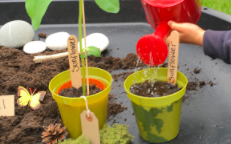
What do you think we need to do to keep them alive? How often should we water them and watch them grow?
Your planting could have a theme. For example, you could plant a pizza garden with tomatoes and oregano or a salad garden with lettuce and rocket!
